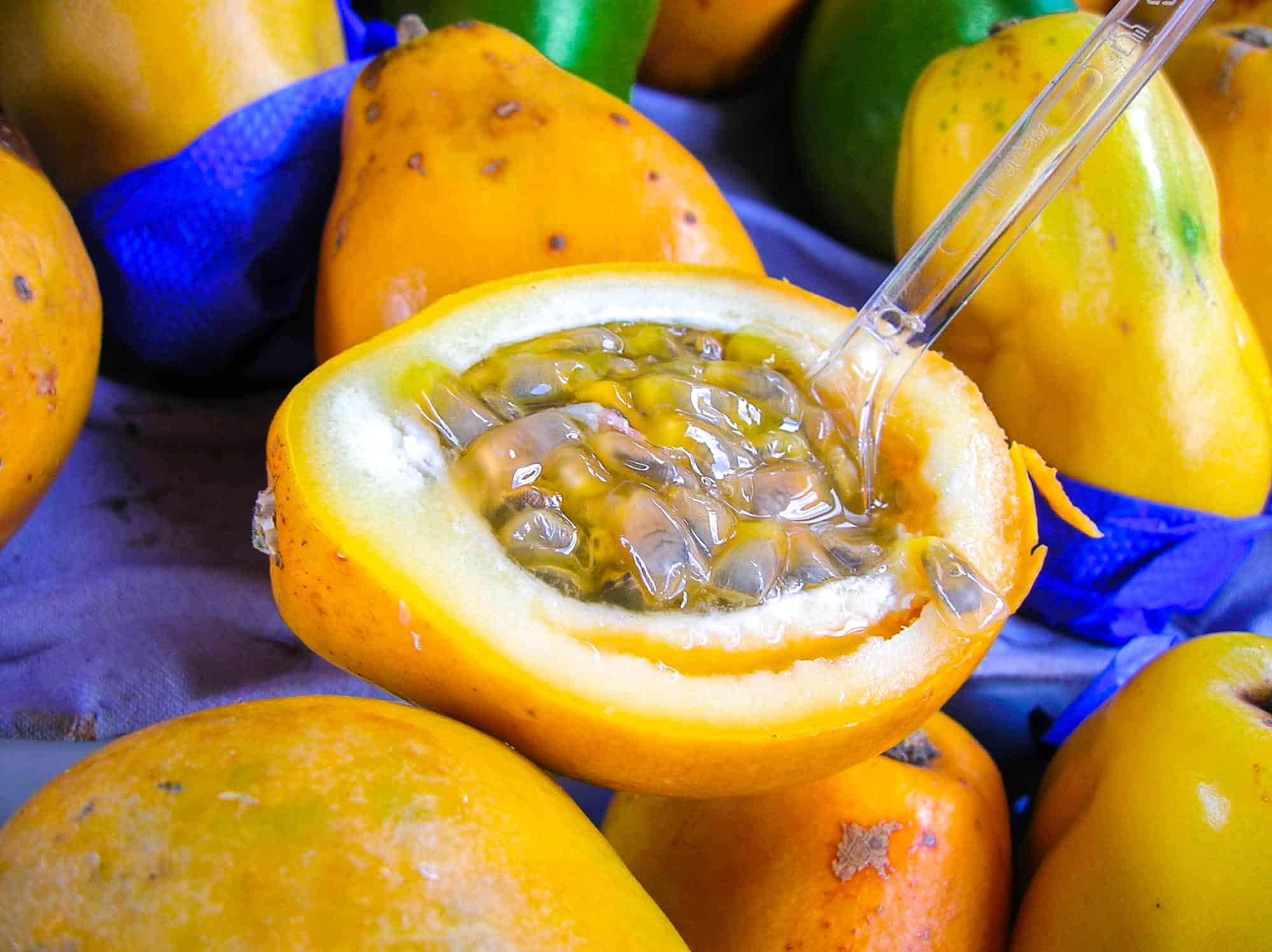Exploring Exotic Fruits: A Taste Adventure
Embark on a culinary journey with exotic fruits that tantalize your taste buds and expand your palate.

The Allure of Exotic Fruits
Embarking on a culinary journey through exotic fruits is like opening a treasure chest of flavors, colors, and textures. These fruits, often unfamiliar to many, offer a unique taste experience that can transform ordinary meals into extraordinary culinary adventures. Their vibrant colors and unusual shapes are as intriguing as their flavors, ranging from the tangy sweetness of a ripe mangosteen to the rich, creamy texture of a perfectly ripe cherimoya. Exploring these fruits is not just about taste; it's about discovering new cultures and traditions. Many exotic fruits have deep cultural significance, often featured in traditional dishes and rituals. Embracing these fruits means opening oneself to a world of culinary diversity and excitement.
Nutritional Powerhouses
Beyond their exotic appeal, many of these fruits are nutritional powerhouses, packed with vitamins, minerals, and antioxidants. For instance, the dragon fruit, with its striking pink skin and speckled flesh, is rich in vitamin C and fiber, making it a great addition to a healthy diet. Similarly, the rambutan, with its hairy exterior, is a good source of iron and vitamin C. These fruits not only tantalize the taste buds but also contribute to overall well-being. Including them in your diet can enhance your nutrition profile, providing essential nutrients that are often lacking in more common fruit choices. Their unique compositions can offer health benefits such as improved digestion, enhanced immune function, and even anti-inflammatory properties.
The Art of Selection
Choosing the right exotic fruit can be an art in itself. Knowing when a fruit is at its peak ripeness is crucial to enjoying its full flavor. Take the durian, for instance, known for its divisive aroma and creamy texture. A perfectly ripe durian should have a slight give when pressed and emit a distinct, albeit pungent, fragrance. Similarly, the jackfruit, often used as a meat substitute, should be chosen based on its rich yellow color and fragrant smell. Understanding these subtle cues can significantly enhance your fruit-eating experience, allowing you to savor each fruit at its best. Learning these selection techniques is part of the adventure, transforming the simple act of buying fruit into a more engaging and rewarding experience.
Culinary Versatility
Exotic fruits are not just for eating raw; they offer culinary versatility that can elevate any dish. The passion fruit, with its tart and aromatic pulp, is perfect for desserts, sauces, and even cocktails. The lychee, with its floral sweetness, can add a delightful twist to salads and desserts. Experimenting with these fruits in cooking can lead to exciting new flavor combinations and textures. Whether you're adding a slice of starfruit to a salad for a burst of citrusy flavor or incorporating the creamy texture of soursop into a smoothie, the possibilities are endless. This versatility encourages creativity in the kitchen, inviting cooks to explore and innovate with these exotic ingredients.
Cultural Connections
Each exotic fruit tells a story of its cultural heritage. The mangosteen, revered as the "queenoffruits," holds a special place in Southeast Asian cultures, often associated with hospitality and health. Similarly, the goji berry, a staple in traditional Chinese medicine, is celebrated for its purported health benefits. Understanding these cultural connections can deepen your appreciation for these fruits and the regions they come from. It provides an opportunity to connect with different cultures through food, gaining insights into traditions and practices that have been passed down through generations. This cultural exploration enriches the experience of tasting exotic fruits, adding layers of meaning to each bite.
Sustainable Sourcing
As interest in exotic fruits grows, so does the importance of sustainable sourcing. Many of these fruits are grown in tropical regions where environmental impact is a concern. Supporting sustainable farming practices ensures that these delicious fruits remain available for future generations while protecting the ecosystems in which they grow. This involves choosing fruits from growers who practice environmentally friendly methods and ensure fair labor practices. By making conscious choices, consumers can enjoy exotic fruits while supporting efforts to maintain biodiversity and protect natural habitats. This awareness fosters a more responsible approach to enjoying these fruits, balancing indulgence with environmental stewardship.
Challenges and Rewards
While exploring exotic fruits can be rewarding, it also comes with its own set of challenges. Some fruits may have intimidating appearances, like the spiky rambutan or the thorn-covered durian. Others may have flavors that are an acquired taste, requiring a bit of culinary courage to try. However, overcoming these initial hesitations can lead to a rewarding experience, broadening your palate and culinary horizons. The rewards of discovering a new favorite fruit or a unique flavor combination are worth the effort. This journey encourages an adventurous spirit, inviting food enthusiasts to step out of their comfort zones and embrace the unknown.
Bringing Exotic Fruits Home
Integrating exotic fruits into your everyday life is easier than you might think. Many grocery stores and farmers' markets now offer a wide selection of these fruits, allowing you to experiment and find your favorites. Start by incorporating them into familiar dishes or try them on their own to appreciate their unique flavors. As you become more comfortable, you can expand your repertoire, using them in more complex recipes. Sharing these fruits with friends and family can also be a fun way to introduce others to the joys of exotic fruits. This exploration not only enriches your culinary experience but also adds a sense of adventure to your everyday meals.